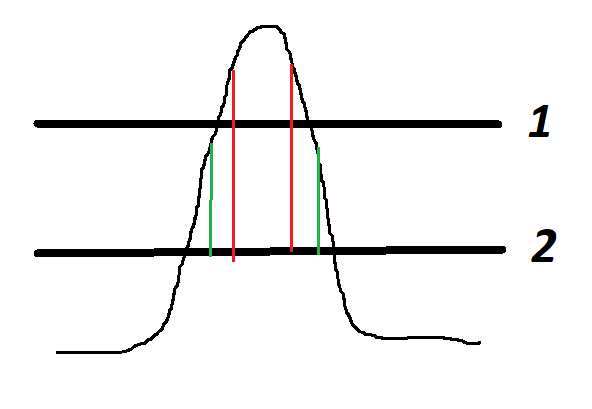I believe the reason for that would be that the stacking will lower the noise floor and make the fainter sections of the stars more visible, thus enlarge then. I think the drawing below helps explaining:

In your subframe, since noise level is higher, the algorithm is seeing the star "cut" at line 1 but when you stack the subframes the noise level drops to 2, for example, and the algorithm see more of the star. In the first case, the FWHM will be given by the distance between the two red lines and, in the second case, between the two green lines.
The drawing is not 100% accurate as in reality the "cutoff" is not so abrupt but I think you get the ideia.
In addition, if registration is not 100% accurate (and usually it isn't in the whole FOV), stars in each subframe might be spreaded a bit in the final stack. But I think generally the impact of this is not so large.
Additional note: if you take a 5 sec subframe and a 20 sec subframe for example, you'll notice the FWHM of the latter is larger than the first - that is related with the PSF drawing above.
Cheers,
André



